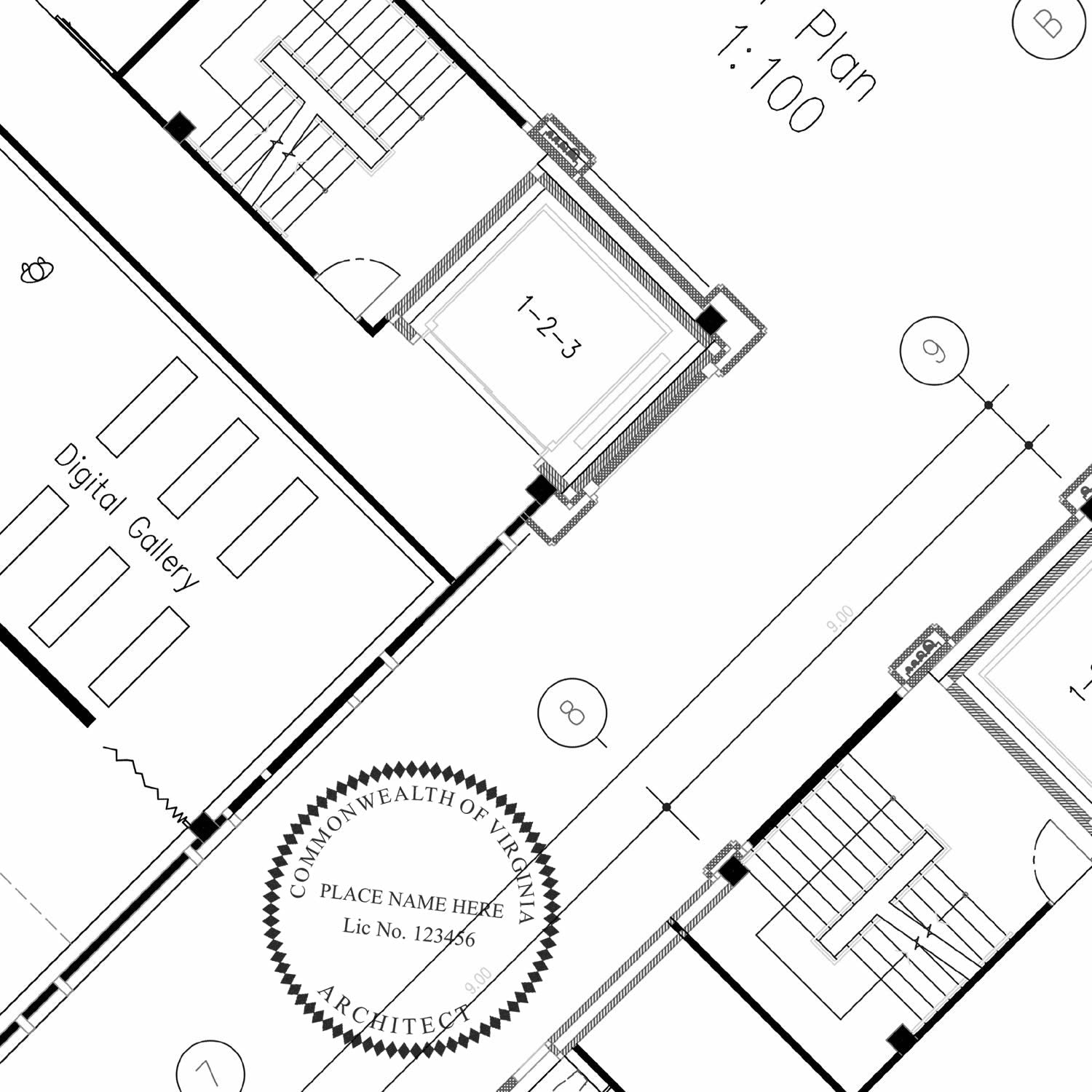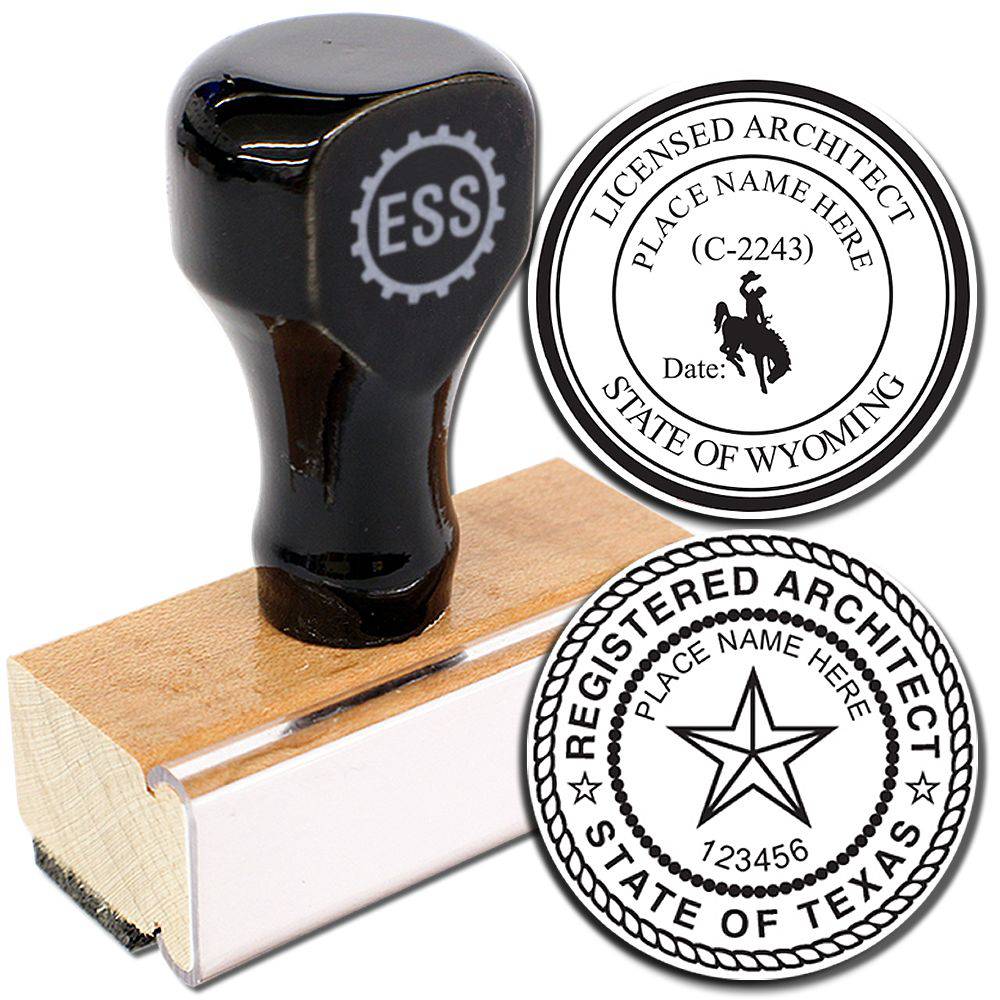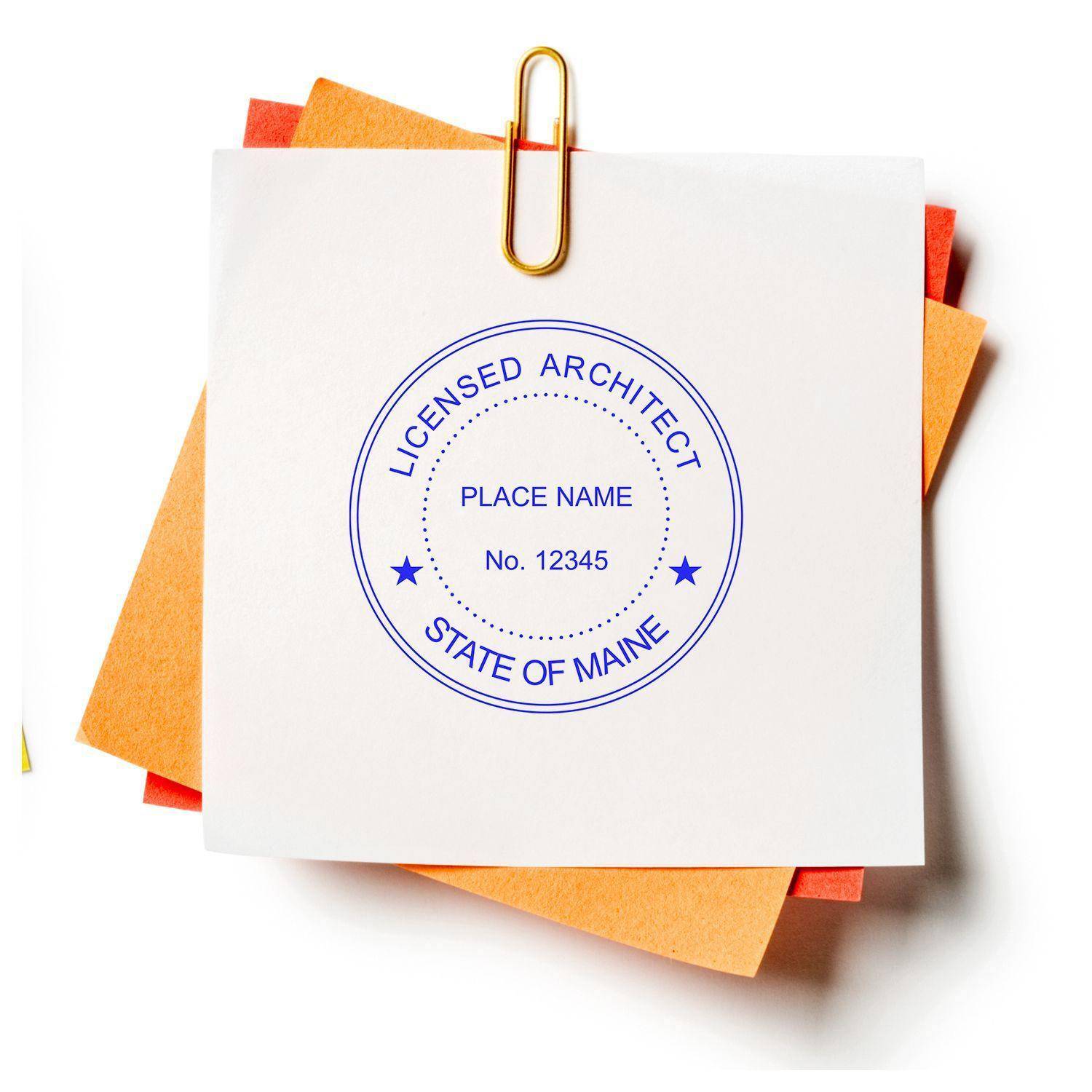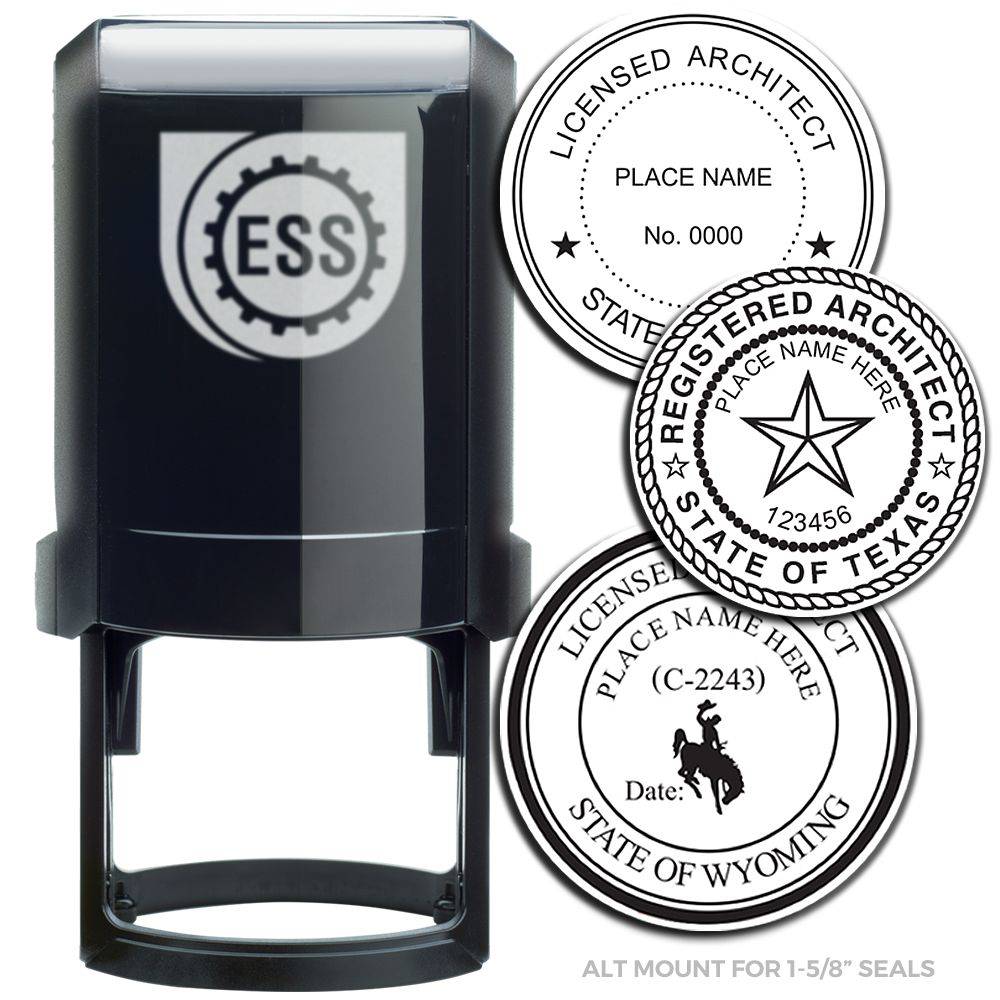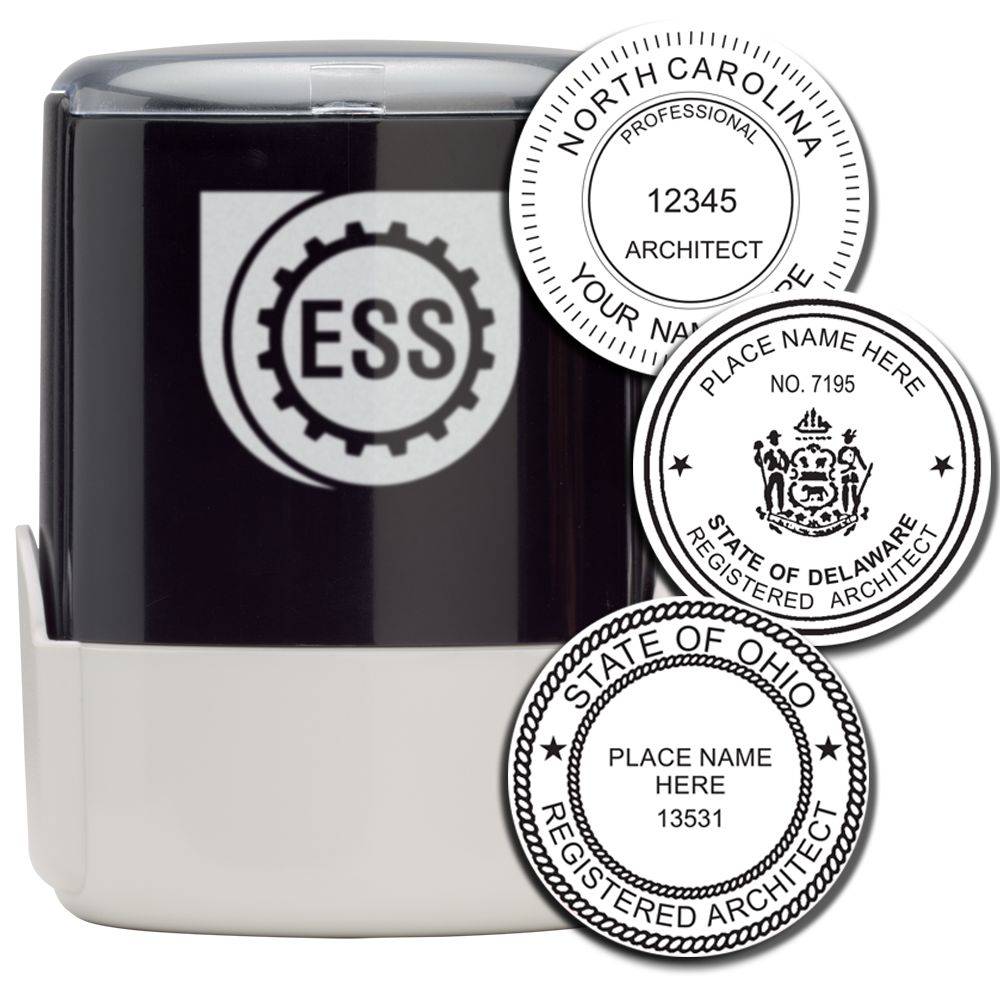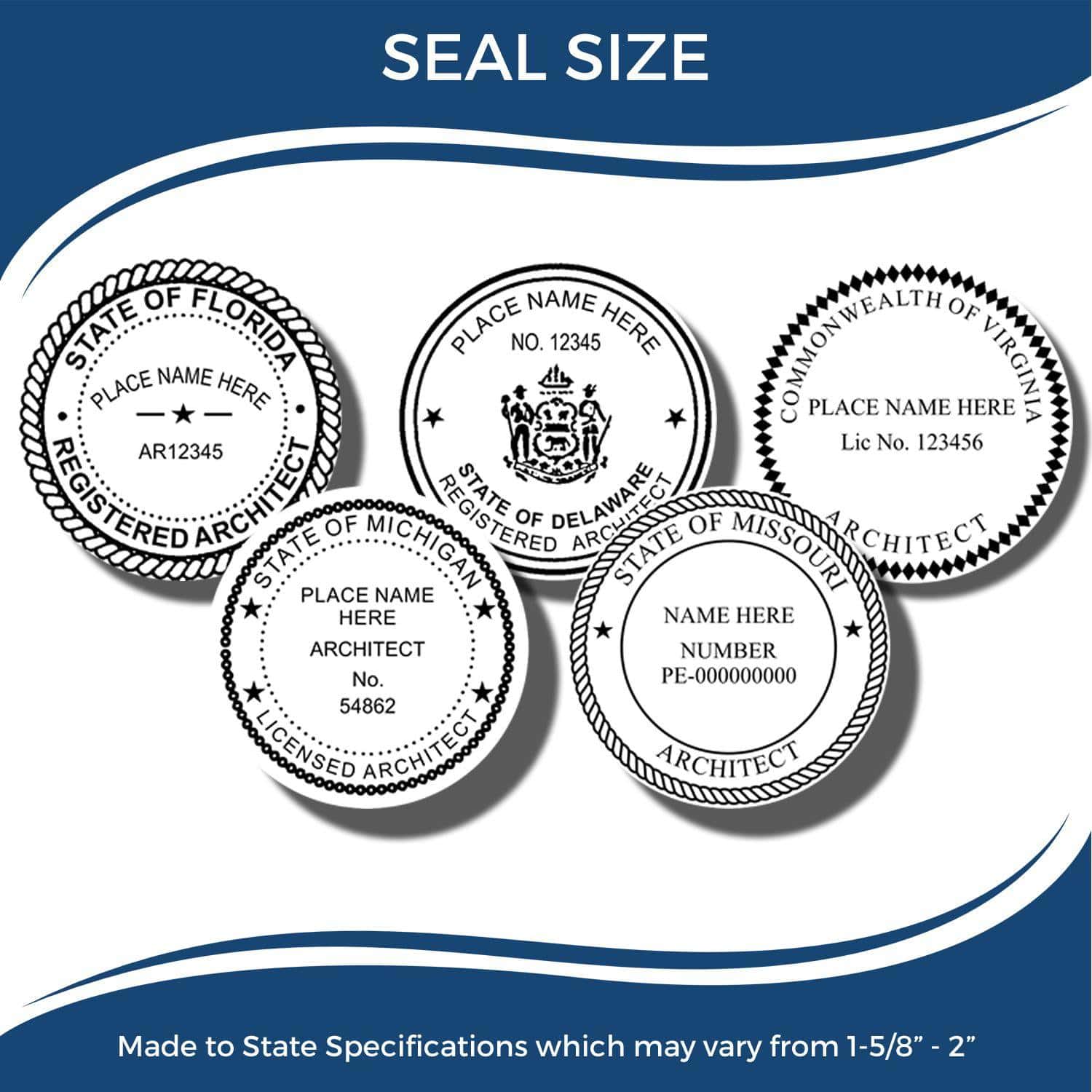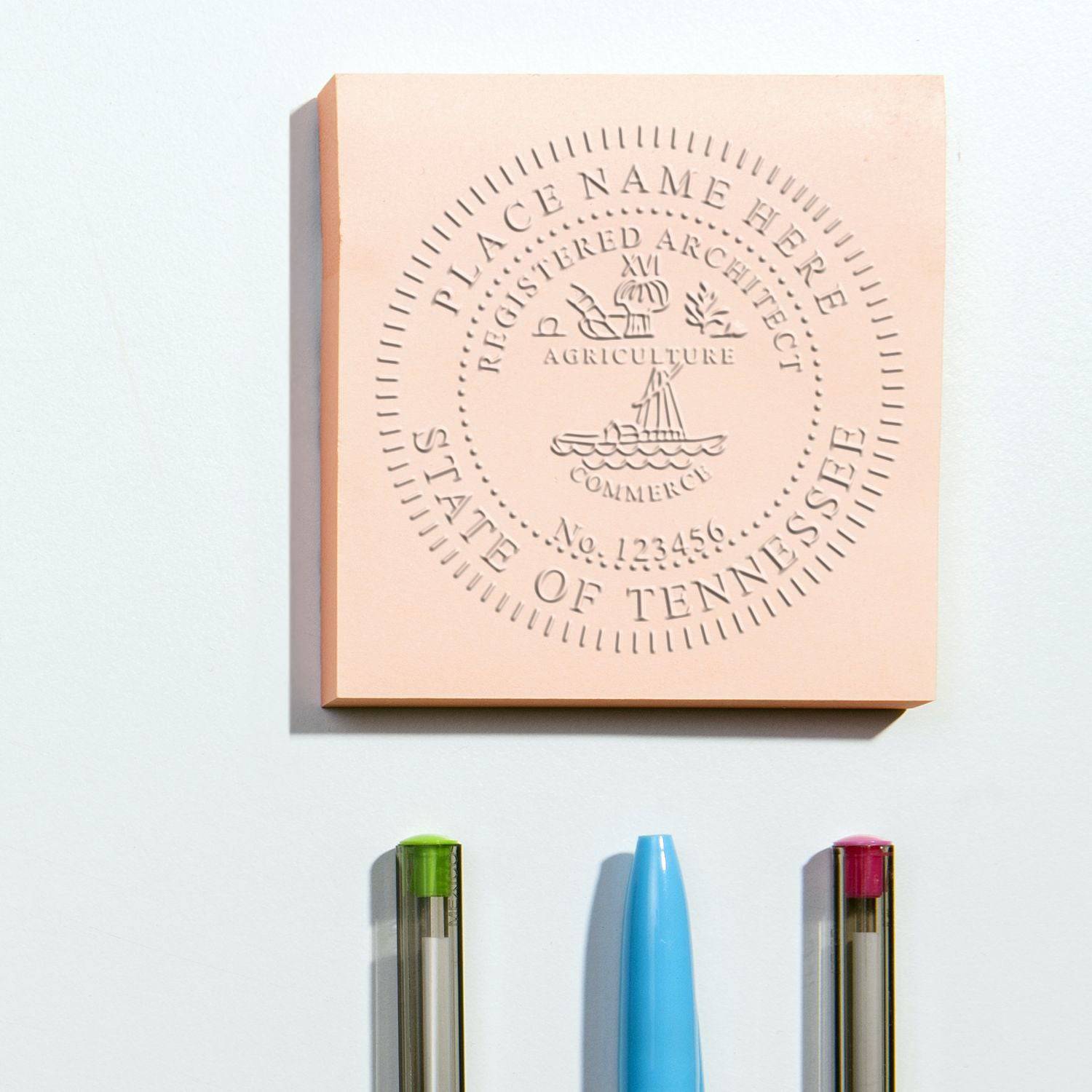Understanding Virginia Architectural Stamp and Seal
Architects nationwide who either design or directly oversee the design of building and structural plans are required to affix an official architectural stamp and seal to certain plans and documents. The specifics of the stamp and seal are dependent upon the state in which the architect is licensed and practicing. In Virginia, there are certain guidelines pertaining to the Virginia architectural stamp and seal.
Virginia Architectural Stamp and Seal Guidelines
In Virginia, if you are a professional architect, engineer, land surveyor, interior designer or landscape architect the Virginia Administrative Code sets forth the regulations that you must follow in order to obtain and maintain your Virginia license as well as your official Virginia architectural stamp and seal. These governing codes are found in the Code of Virginia, 1950, as amended in Chapter 4 of Title 54.1 as well as excerpts from Title 13.1.
More specifically, the Board for Architects, Professional Engineers, Land Surveyors, Certified Interior Designers and Landscape Architects (APELSCIDLA) helps to inform and support these professionals in the state of Virginia. Guidelines regarding licensure and Virginia architectural stamps and seals are delivered to both professionals and government agencies in Virginia.
Generally speaking, the Virginia architectural stamp and seal insures that any plans or designs for a building or any structure required by Virginia law to have an official Virginia architectural stamp and seal insures that all regulatory guidelines and specifications have been followed by the Virginia licensed architect.
Not only are specified types of documents mandated to have the official Virginia architectural seal, there are specific requirements for the seal as well.
Legal Requirements of Virginia’s Architectural Stamp and Seal
- Diameter of 2”
- Terminology “Lic. No.” is required on the stamp
- Last six digits of valid license number of architect required following above terminology
- Omit leading zeros in Virginia architect’s license number
- Name of architect
- The phrase "Commonwealth of Virginia" in the upper arch
The architect who affixes his or her official Virginia architectural stamp and seal to documents must place this official seal on the following:
- Final original cover sheets of plans, drawings, plats, technical reports and specifications
- Final original sheets of plans, drawings, plats, technical reports and specifications
- Seals on cover or first sheet of final documents must have an original signature and date



Adhering to Stamp and Seal Licensure Rules
In each state, the requirements for the actual stamp and seal as well as which specific documents the stamp and seal must be affixed to differ. In Virginia, the Virginia architectural stamp and seal is required to be placed on specific documents as mentioned above.
Additionally, the Virginia state licensed architect is bond to use this stamp if and only if the following criteria are met:
- The architect holds a currently valid license and official Virginia architectural stamp and seal meeting pre-determined criteria
- the architect him or herself has designed the plans, drawings, plats, technical reports or specifications receiving the seal and stamp
- The architect him or herself has directly overseen the creation of plans, drawings, plats, technical reports or specifications by a colleague of the same firm that the licensed architect works
- If the colleague who created these plans, etc. is no longer employed at the same firm, the licensed architect must thoroughly review all of the plans, drawings, plats, technical reports or specifications that require the official Virginia architectural stamp and seal
In the state of Virginia, the official Virginia architectural stamp and seal is a testimony that the professional architect (or the architect who was directly supervised) who holds a valid license has adhered to all state and nationally mandated guidelines to insure the safety, health and welfare of the public.

